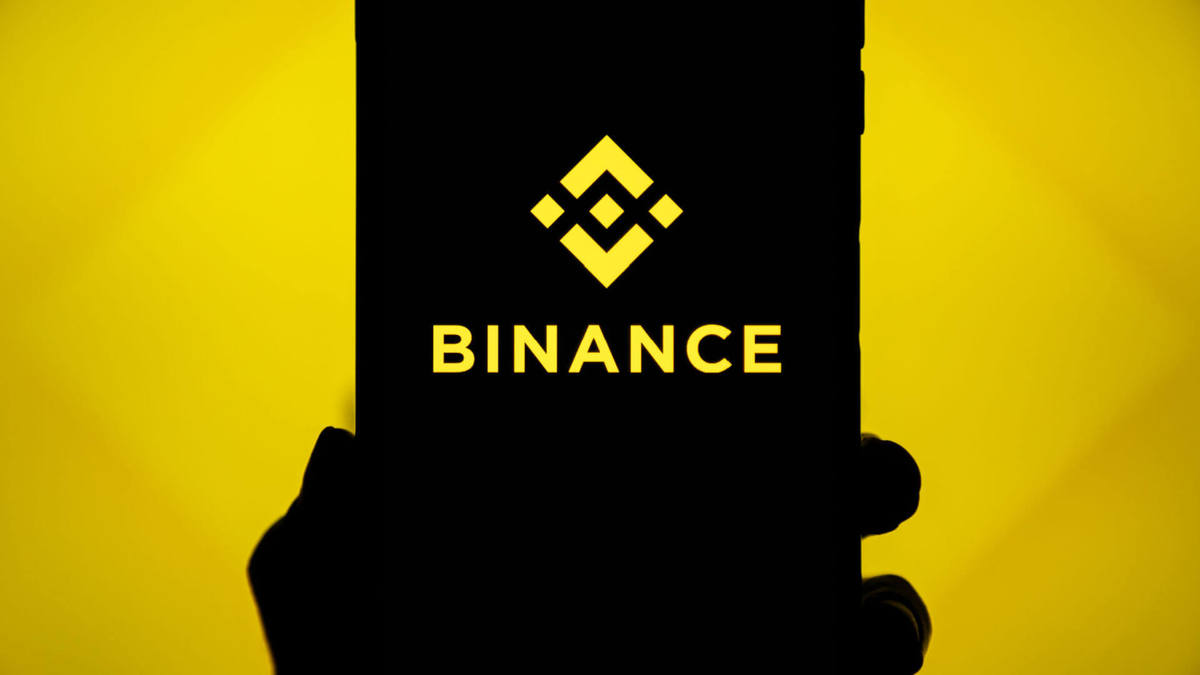Recent moves by two financial giants—Tether and Securitize—demonstrate the growing integration of tokenized real-world assets (RWAs) into decentralized finance (DeFi). Tether’s $775 million investment in Rumble shows its commitment to fostering financial freedom and technological independence, while Securitize’s proposal to use the BlackRock-backed BUIDL fund as collateral for the Frax USD stablecoin signals a shift towards more secure and yield-generating stablecoin reserves.
Tether Invests $775M in Rumble to Challenge YouTube’s Market Dominance
Tether, the issuer of the world’s largest stablecoin by market cap, announced a $775 million investment in Rumble, an alternative video-sharing platform known for its open-content policies. The investment is part of Tether’s broader mission of fostering independence and resilience through strategic collaborations.
Tether’s CEO Paolo Ardonio took to X on Dec. 20 to share his thoughts on the landmark investment. “Tether deeply believes in the fundamental values of freedom of speech and financial freedom,” Ardonio stated, adding that the company’s decision to back Rumble aligns with these principles.
Ardonio emphasized that Rumble’s ethos of promoting independence and resilience resonated with Tether’s vision. “Our strategic investment in Rumble greatly underscores Tether’s focus on supporting technology and companies that empower humans, delivering independence and resilience to our society,” he explained.
The collaboration will extend beyond mere financial backing. According to Ardonio, Tether and Rumble are planning to work together on innovative solutions in advertising, cloud computing, and cryptocurrency payments.
Rumble’s alternative platform has gained popularity among users and content creators who prioritize free speech and minimal content restrictions. The infusion of $775 million from Tether provides the company with significant resources to expand its global reach and technological capabilities.
The announcement had an immediate impact on Rumble’s market performance. The company’s share price (RUM) surged 51.60% during after-hours trading, reaching $10.90, according to Google Finance data. This dramatic increase suggests investor optimism about Rumble’s growth prospects and its potential to challenge established players like YouTube.
The partnership with Tether follows Rumble’s growing interest in cryptocurrency. On Nov. 25, Rumble confirmed plans to add Bitcoin (BTC) to its balance sheet, allocating up to $20 million from its excess cash reserves. The move came after Pavlovski conducted a poll on X, asking his followers if Rumble should invest in Bitcoin. Out of nearly 44,000 responses, an overwhelming 93.9% voted in favor.
Implications for the Tech and Crypto Industries
Tether’s investment marks a significant milestone for both the cryptocurrency and tech sectors. For Tether, the partnership reflects its strategy of extending its influence beyond the stablecoin market into broader technological ecosystems. By backing Rumble, Tether is not only championing free speech but also paving the way for greater crypto adoption in the digital media industry.
For Rumble, the $775 million infusion provides the means to scale its operations, enhance platform features, and attract a larger user base. The collaboration with Tether could lead to groundbreaking advancements in crypto payment solutions, potentially revolutionizing how creators and advertisers transact on the platform.
As Rumble gears up to challenge YouTube’s dominance, the stakes are high. YouTube, backed by Google, has long held a monopolistic position in the video-sharing market. However, Rumble’s unique positioning as a platform that prioritizes content freedom and financial independence could attract creators and users seeking alternatives.
The partnership with Tether may also enable Rumble to leverage blockchain technology in innovative ways, such as integrating crypto payments for content creators or employing decentralized cloud solutions to enhance platform scalability and security.
Securitize Proposes BlackRock-Backed BUIDL Fund as Collateral for Frax USD Stablecoin
In related news, Securitize, the brokerage firm behind the tokenized BlackRock US Dollar Institutional Digital Liquidity Fund (BUIDL), has submitted a Frax improvement proposal (FIP) to integrate BUIDL as a backing collateral for the Frax USD stablecoin. The proposal, if approved, could mark a significant shift in how stablecoins are collateralized, leveraging tokenized real-world assets (RWAs) backed by one of the world’s most trusted financial institutions.
The proposal highlights the unique advantages of using BUIDL as a reserve asset for Frax USD:
-
Yield Opportunities: BUIDL invests in United States government securities, offering a stable and secure yield for collateral reserves.
-
Enhanced Liquidity and Transferability: The tokenized structure of BUIDL enables seamless transactions and broader liquidity options for users and platforms.
-
Reduced Counterparty Risk: Backed by BlackRock, the world’s largest asset manager, BUIDL introduces a level of trust and transparency uncommon in traditional stablecoin collateral assets.
According to the proposal, these benefits would provide a more robust and scalable foundation for Frax USD, enhancing its stability and utility in the growing stablecoin market.
Despite its potential, the integration of BUIDL as collateral for Frax USD is not a done deal. The Frax community will need to vote on the improvement proposal, a standard process in decentralized governance. If approved, BUIDL would join the reserve assets backing Frax USD, bringing a blend of traditional finance (TradFi) and decentralized finance (DeFi) to the forefront of stablecoin innovation.
The move comes amidst growing adoption of tokenized real-world assets (RWAs) as collateral in the stablecoin ecosystem. RWAs like BUIDL offer cost efficiencies, rapid transaction finality, and the potential for high-yield opportunities, making them an attractive alternative to traditional stablecoin reserve assets.
BlackRock’s involvement in the crypto space through BUIDL has further legitimized RWAs as a viable option for collateralization. By backing the tokenized fund with short-term US government securities, BUIDL provides unparalleled transparency and security, aligning with the strict requirements of both regulators and DeFi communities.
Securitize’s proposal follows closely on the heels of other milestones for BUIDL. Ethena Labs, the developer behind the USDe synthetic dollar, launched a separate BUIDL-backed stablecoin called USDtb in December 2024. Unlike USDe, which relies on a complex delta-neutral trading strategy, USDtb is overcollateralized 1:1 by cash and short-term US government securities in the BUIDL fund.
USDtb’s launch was met with significant enthusiasm, accruing $65 million in total value locked (TVL) on its first trading day. This success reflects growing confidence in tokenized assets and their potential to reshape stablecoin markets.
BUIDL as a Game-Changer in Collateral Markets
BlackRock’s ambitions for BUIDL extend beyond stablecoins. In October 2024, the asset manager began pushing for BUIDL to be used as collateral on major crypto derivatives exchanges. Talks with platforms like Binance, OKX, and Deribit signaled BlackRock’s intent to challenge the dominance of incumbent stablecoin issuers like Tether and Circle in the collateral space.
The integration of BUIDL as collateral for derivatives trading could introduce new competition and innovation, providing traders with a stable and secure alternative to existing collateral options.
The use of BUIDL as collateral is not limited to Ethena’s USDtb or potential Frax USD applications. As of November 2024, the Elixir Protocol enabled the minting of its deUSD yield-bearing stablecoin on the Curve decentralized exchange, using BUIDL as backing collateral. This integration allows users to exchange deUSD with other stablecoin assets in Curve’s liquidity pools, further expanding the utility and adoption of BUIDL in DeFi ecosystems.
If the Frax improvement proposal gains community approval, it could set a new benchmark for stablecoin collateralization by integrating tokenized real-world assets from globally trusted financial institutions. By leveraging BlackRock’s BUIDL fund, Frax USD could offer unparalleled stability, transparency, and liquidity, making it a formidable competitor in the stablecoin market.
The proposal also brings attention to a broader trend: the increasing convergence of TradFi and DeFi. As major asset managers like BlackRock continue to explore tokenized assets, the lines between traditional and decentralized finance are blurring, opening new doors for innovation and collaboration.












